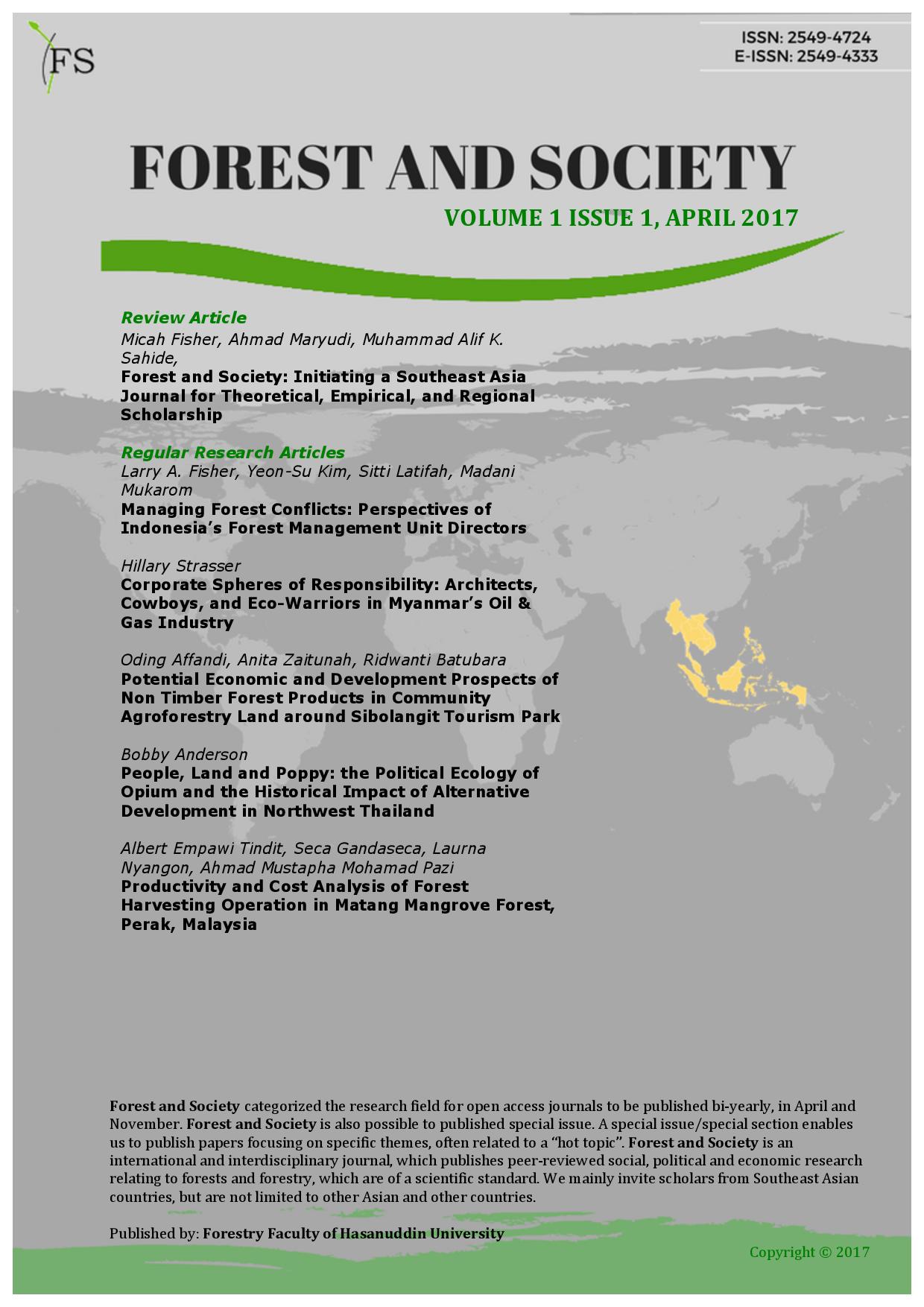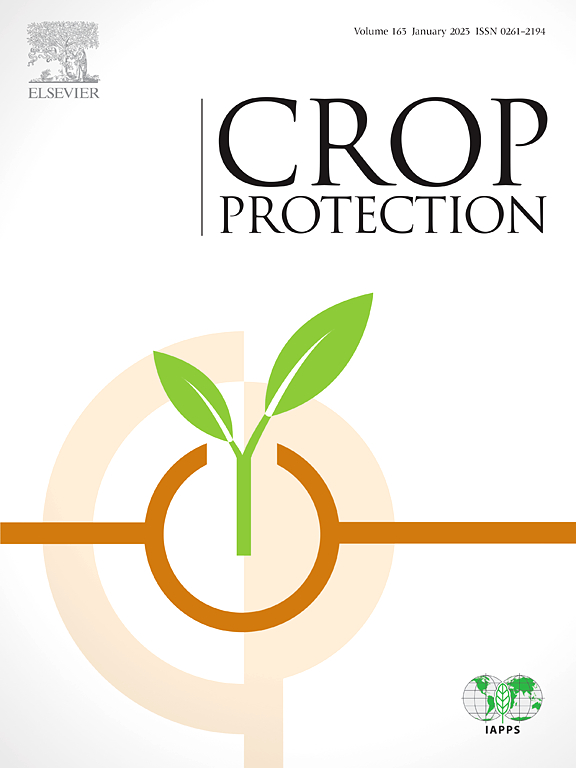Baobab leaves form an important part of the local diet in Sahel countries and elsewhere in Africa. Existing leaf nutritional data and agroforestry performance information are based solely on Adansonia digitata L., the baobab of continental Africa. The introduction potential of Adansonia species from the center of diversity in Madagascar and from Australia remains untapped. To assess this potential, the mineral contents and B-1 and B-2 vitamin levels of dried baobab leaves were determined for five-year old trees of A. digitata, A. gibbosa (A. Cunn.) Guymer ex D. Baum, A. rubrostipa Jum. & H. Perrier (syn. A. fony Baill.), A. perrieri Capuron and A. za Baill. grown in an introduction trial in Mali. Nutritional data were evaluated against survival and vigor to identify promising germplasm. Leaf vitamin and crude protein contents were highest in the Madagascar species, especially A. rubrostipa (B-1 88 mg 100 g(-1), B-2 187 mg 100 g(-1), protein 20.7% dry weight). However, the local species far outperformed the introductions in survival, tree height, basal diameter and resistance to termites. We suggest grafting as a way of harnessing the vigor of well-adapted local baobab varieties to the superior nutritional profiles of A. rubrostipa and others. Cross-species grafting tests in Adansonia were successful, thus creating new agroforestry possibilities with different scion/rootstock combinations.
DOI:
https://doi.org/10.1007/s10457-007-9093-2
Altmetric score:
Dimensions Citation Count:
























